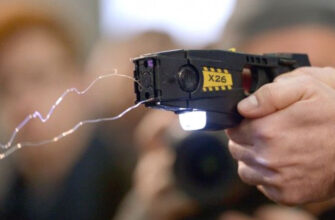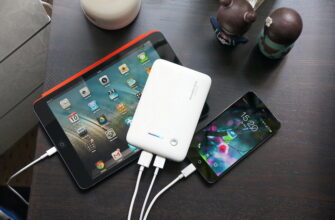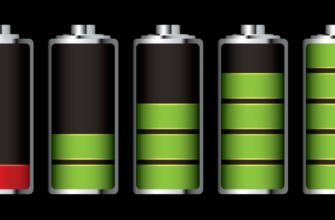When choosing headphones for your phone, it is worth starting from the type and acoustic characteristics of this accessory.

- How to choose headphones for your phone: what to look for
- Types of headphones
- 'Inserts'
- In-ear earbuds
- In-ear headphones
- On-ear headphones
- Over-ear headphones
- Transosseous Conduction Headphones
- How to choose headphones?
- Main selection criteria
- Execution (wired or wireless)
- Speaker type
- Acoustic performance
- Extra options
- How to choose wireless headphones
How to choose headphones for your phone: what to look for
The main criteria when choosing headphones for your phone are:
-
View ('plug-in', overhead, etc.);
-
Execution (wired, wireless);
-
Speaker type (ferrite, neodymium, micro-armature);
-
Acoustic characteristics (impedance, frequency range, loudness);
-
Additional parameters (plug shape, microphone presence, wire type, wire attachment type, noise reduction system).
-
The jack is also important when choosing headphones for modern smartphones.
Types of headphones
There are several types of headphones for use with a smartphone:
-
'Inserts', they are also 'droplets';
-
Earbuds
-
In-ear, they are also 'plugs';
-
Overhead;
-
Full-size;
-
With transosseous acoustic conduction.
'Inserts'
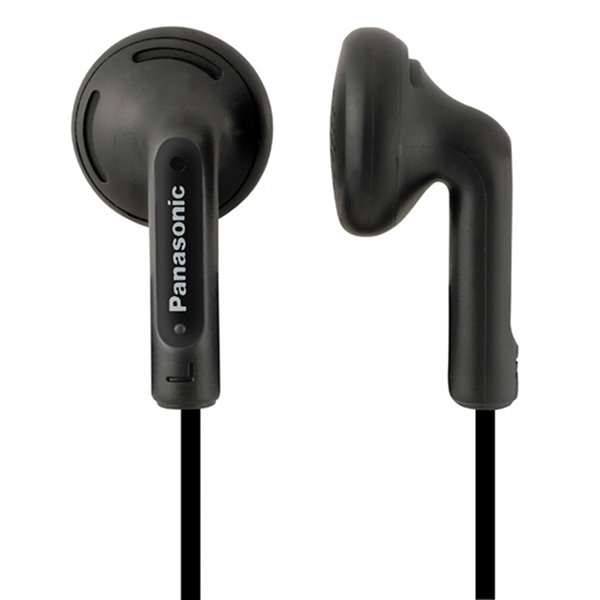
The most traditional headphone option. They are inserted into the auricle, and their speaker is facing the ear canal. This design provides optimum acoustic performance. In addition, if the headphones are not playing at full volume or are not pressed into the sink (for example, under a hat), they provide audibility of the surrounding world, which is especially important for mobile use.
The disadvantage of the design is the unreliable fastening. The headphones fall out if you tilt your head too much or pull on the cable.
In-ear earbuds
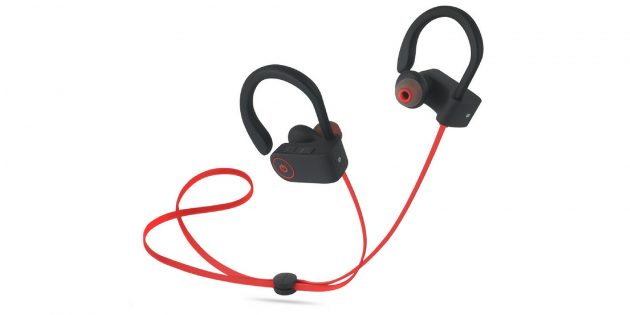
This headphone option eliminates the disadvantage of the previous one. Thanks to an additional arch that surrounds the auricle, they are firmly attached to the head – even more reliable than intracanal ones. At the same time, they remain lightweight and comfortable to use. These headphones are recommended for athletes or just people who lead an active lifestyle.
The disadvantage of the design is the difficulty of simultaneously wearing headphones and glasses, as well as possible discomfort due to pressure on the auricle. However, it quickly passes as the user gets used to the headphones.
In-ear headphones

This headphone variant also overcomes the first type ('earbud') drawback. In-ear devices, as the name implies, are inserted directly into the ear canal, where they are securely fixed with soft but resilient ear pads. Therefore, the earbuds do not fall out even with sudden movements, bending or mechanical action with the wire.
The disadvantage of the design is its danger. Listening to music at high volumes can damage your hearing, and wearing headphones for an extended period can cause or worsen ear ailments such as otitis media or 'waxy plug'.
As a result, in-ear headphones are suitable for short-term use and listening to music at medium or low volume.
On-ear headphones
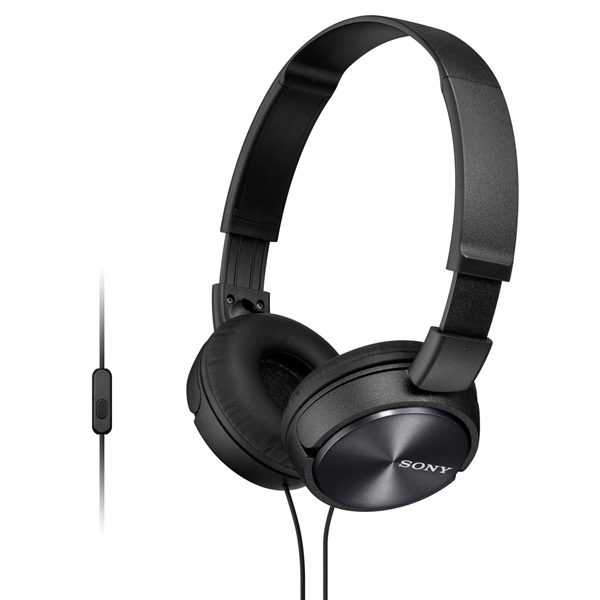
This type of headphone is equipped with a headband that can pass over the crown or the back of the head. They feature medium-sized speakers, comparable in size to the auricle itself. When worn, they press the auricle against the skull, completely covering it.
The speakers are oversized compared to 'droplets' or in-ear headphones, delivering deeper, richer bass that will appeal to heavy music lovers – both rock and electronic. However, the specific acoustic characteristics depend on many factors.
With a 'semi-closed' design, these headphones do not completely hide the sink. This ensures that especially loud sounds such as car horns or screams are heard. And this, in turn, is very important for mobile use.
In addition, these headphones are usually of the optimal size, due to which they are visible, but not striking. This will avoid various awkward situations.
Over-ear headphones
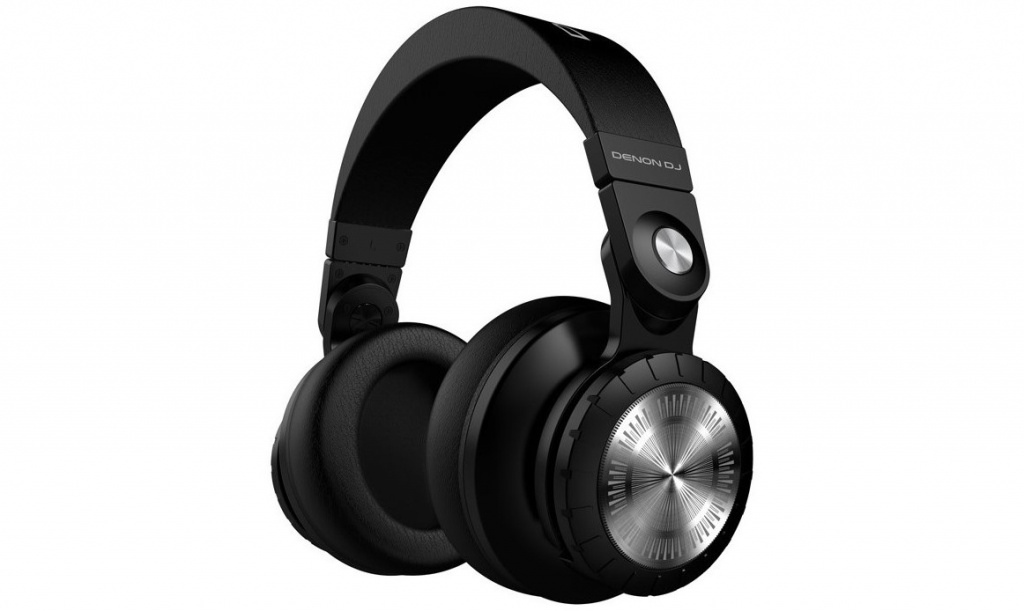
Full-size, aka monitor, headphones have large ear pads and a headband that usually extends over the top of the head. They completely cover the auricle. The ear cushions of these headphones pass over the scalp, and in some models even partially over the cheeks.
The large size of the monitor headphones allows them to be fitted with large and very powerful speakers for effective reproduction of bass – right down to the tangible. Also, some models are equipped with multiple speakers in each monitor to create a real sound environment. However, specific acoustics vary by model.
Due to their design, such headphones isolate well from the sounds of the surrounding world (both closed and open). This can be dangerous in mobile use – the person simply will not hear a car horn, shout or other acoustic warning.
In addition, like 'earplugs', such headphones are not recommended to be worn for a long time due to the risk of occurrence or development of specific diseases.
Transosseous Conduction Headphones
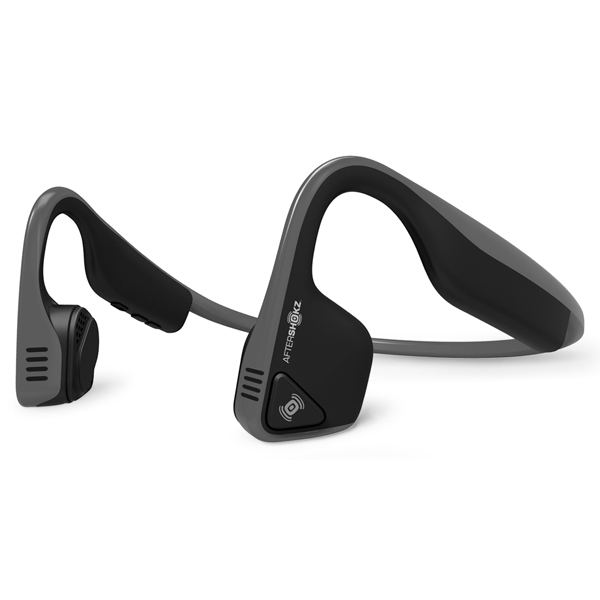
The transosseous conductive headphones open your ears completely. Their 'speakers', which are essentially 'mechanical vibrators', are anchored to the temporal bones and transmit sound directly down the skull to the inner ear. Therefore, the ear canal remains open and the surrounding acoustic environment is not blocked by music.
These headphones have three drawbacks. First, it is impossible to wear glasses with them. Secondly, people with ICP or brain injuries (concussion, bruise, stroke) from using these headphones can make them feel worse. Finally, it is required that they fit snugly against the head – only then will the sound be 'heard'.
However, these headphones are great for outdoor wear. They do not isolate from the external acoustic environment – and therefore danger signals like car horns, shouts, dog barks, etc. will be heard.
However, due to the extremely small number of manufacturers, headphones with cross-conduction are practically not found on the market. And they are not cheap.
How to choose headphones?
The ideal earbuds for mobile use are 'droplets' and overhead. Slightly less – due to the limited perception of the acoustic environment – in-ear and 'droplets' with behind-the-ear attachment are suitable. Full-size ones are mostly not intended for mobile use, since they isolate the listener from the external sound environment.
But headphones with transosseous conduction are the choice for geeks.
Main selection criteria

Execution (wired or wireless)
By design, headphones are divided into three types:
-
Wired with 3.5 mm Jack (analog);
-
Wired with Lightning or USB Type-C (digital);
-
Wireless (operating on Bluetooth).
3.5mm wired jacks are designed for use with the vast majority of smartphones. The main advantage of these headphones is their versatility. Not only smartphones, but also portable players, computers and other multimedia devices are equipped with a 3.5 mm jack.
Another advantage of wired 3.5 mm headphones is the ability to fine-tune the sound. Using equalizers and special engines, if you have the appropriate skills, you can customize the acoustic picture in detail. And, of course, the sound quality will vary significantly depending on the bitrate of the music.
Wired headphones with a Lightning or USB Type-C connector are designed for use with smartphones that do not have a 3.5 mm Jack – for example, Apple iPhone 7 or Google Pixel 2, respectively. Being digital, they do not provide detailed sound quality control, but they can create additional audio effects – for example, surround sound (like virtual 7.1).
Wireless headphones that work according to the standard Bluetooth communicate with the smartphone according to this standard. This provides almost complete freedom of action. For example, you can leave your smartphone on the table and go to another room.
While they are also digital, they do not provide enough customizable sound. But on the other hand, some models out of the box (for example, Sony or Marshall) provide a fairly high quality.
However, there are a number of subtleties with the choice of wireless headphones.
Speaker type
There are three types of speakers – ferrite, neodymium and micro-armature.
-
Ferrite beads are the cheapest. They are found mainly in budget headphones. Provides a 'flat' sound for undemanding users.
-
Neodymium provides deep bass and optimum mid and high frequency sound. Suitable for most users.
-
Micro-armatures provide a surround sound in which every note can be heard, but none of the frequencies dominate.
There are also multi-speaker headphones (e.g. Xiaomi Dual Drivers) that use neodymium magnets and micro-armature structures. It is clear that they combine the merits of each of these types.
Acoustic performance
-
Impedance is the degree of resistance of a wire. For use with mobile devices, it is undesirable to use headphones with an impedance of more than 35-40 ohms, as they will lead to a strong discharge of the device.
-
The frequency range is the portion of the spectrum that the headphones can reproduce. The human ear distinguishes between frequencies in the range 20 Hz – 15 kHz. However, deep bass lovers should buy headphones with a lower end of the 10 Hz range.
-
Volume determines the maximum volume that the headphones can output. In no case should you purchase models whose limit exceeds 120 dB. They can damage your ears.
Extra options
-
The shape of the plug determines the durability of this connector. For use with smartphones, it is recommended to choose headphones with an L-shaped connector. Straight plugs fray quickly in pockets.
-
The presence of a microphone allows you to use the headphones as a hands-free headset.
-
Coiled wire is more practical because it doesn't hang down or get in the way.
-
Fastening of the wire can be one-sided and two-sided. The first option is more practical because the cable does not 'cover' the head.
-
The noise cancellation system isolates the user from the external sound environment. Not the best option for mobile wearing, but it allows you to “close” from the noise of the subway or plane. The disadvantage is that the active noise cancellation system can cause headaches, and the passive one is implemented exclusively structurally and significantly increases the size and weight of the headphones.
How to choose wireless headphones
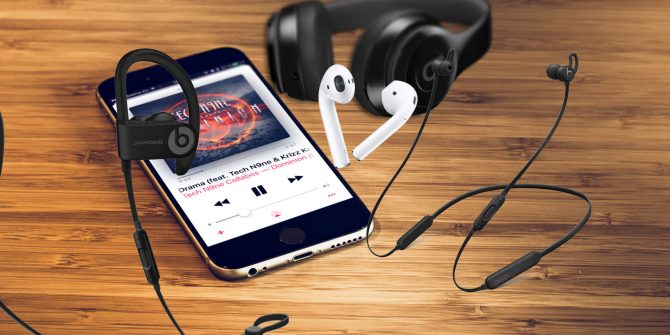
When choosing wireless headphones, you should pay attention to the following parameters:
-
Headphone type;
-
Standard Bluetooth.
Wireless headphones can be made in two versions – in the form of in-ear with a separate unit or in the form of overhead or full-size.
-
In-ear canals are ordinary 'plugs' that attach to a small block hanging around the neck. It is on it that the control buttons and a microphone for the headset are also located. These headphones are not very comfortable, but they are usually very cheap. In addition, a weak battery is usually installed in the unit hanging around the neck, which lasts about 6-8 hours of operation.
-
Overhead and oversized are also similar to 'regular'. However, the monitors themselves hide the battery, sound card, wireless receiver and other components. On-ear and over-ear headphones offer more battery life and better sound quality. But they are very big.
The standard Bluetooth defines the autonomy and range of the headphones. Moreover, it is desirable that it be the same in the smartphone and in the headphones. The standard Bluetooth 4.0 is quite energy-intensive, which is why both devices are quickly discharged, and has a short range (it will not 'break through' a wall, for example) A 4.1 consumes less energy and provides a longer range.
For use with modern smartphones on Android 8.0 (for example, Nexus 6P or Google Pixel), it is worth purchasing headphones with support for aptX HD codecs. They provide the best sound.
In the following articles, our experts will tell you how to choose a phone charger and the secrets of choosing a memory card for your smartphone.
Attention! This material is the subjective opinion of the authors of the project and is not a purchase guide.





